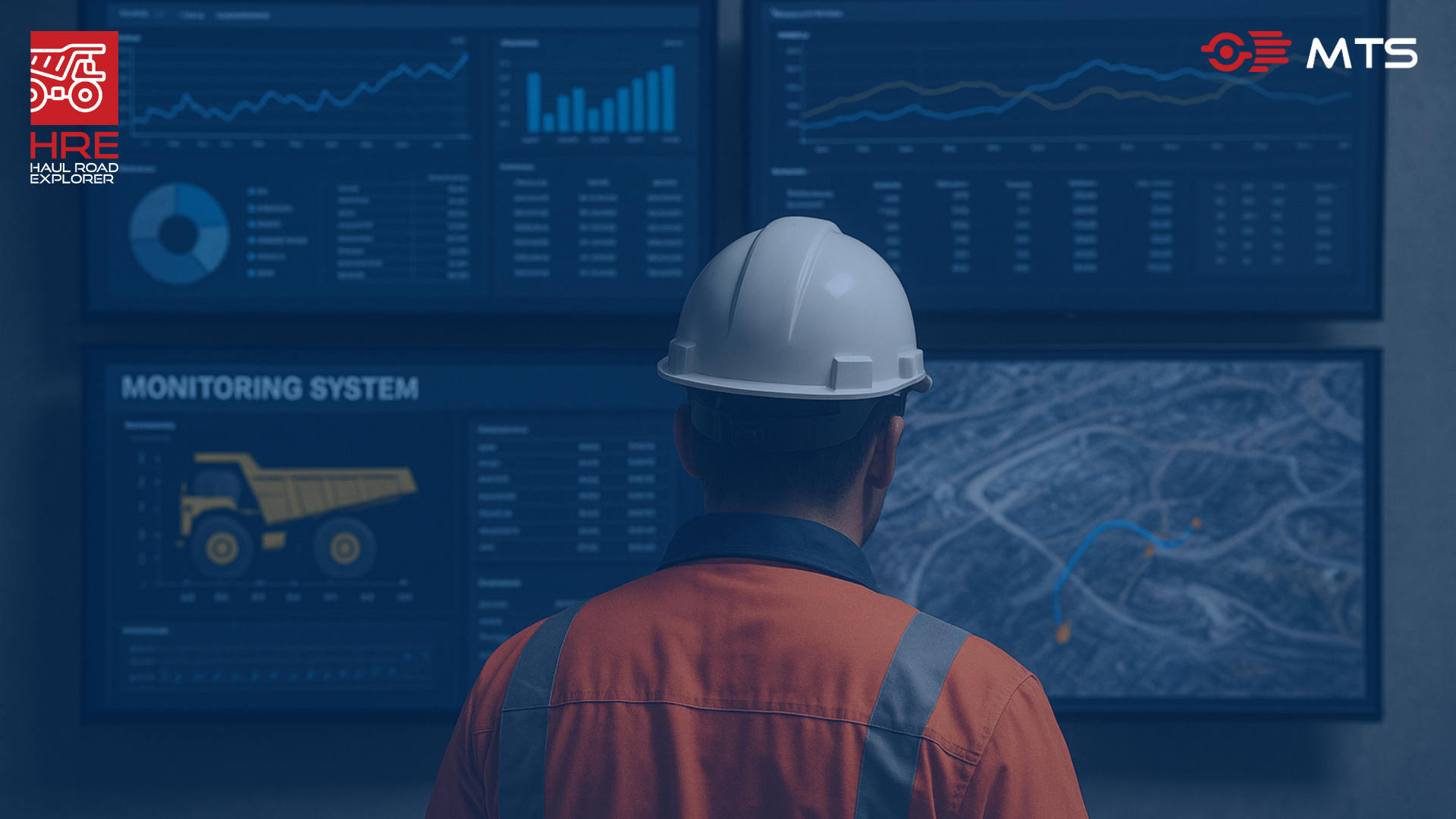The importance of the right balance of data Vs overload
Data as a Strategic Asset
The mining industry is generating more data than ever. Between equipment sensors, fleet management systems, and IoT devices, a single mining site can produce hundreds of thousands of data points per hour. But here’s the real issue: most of this data goes unused. That’s a huge amount of potential being lost. When important insights slip through the cracks, what does that mean for your operation? Simply put, it leads to delays, missed opportunities, and operational inefficiencies that impact your profitability and investment returns.
But the question remains: how can unharnessed data actually harm a mining operation?
The True Cost
When your data isn’t managed effectively or utilised, the consequences can ripple across your entire operation. McKinsey estimates that companies who fail to leverage their data could lose out on a 20-30% increase in productivity. This isn’t just about slow decision-making—it’s about operational bottlenecks, unexpected downtime, and increased maintenance costs that could have been avoided if the right data was used at the right time.
Think about it. When your equipment’s health data is buried under irrelevant information, you might miss a crucial early warning sign. This leads to unplanned breakdowns that not only disrupt production but also shorten the lifespan of your machinery. Bain & Company found that improving data management could extend equipment lifespan by up to 20%, saving companies millions in capital expenditures over time.
So, what’s the solution to this overwhelming flood of data?
How to Fix the Problem: Using Data to Your Advantage
The real question isn’t whether you’re collecting enough data—it’s how you’re using it. Mining operations often don’t need more data points; they need to make better use of the data they already have. According to EY’s 2024 Digital Mining Report, mining companies that use data analytics and automation effectively are seeing 10-15% revenue growth. The key is to transform raw data into actionable insights.
The first step? Prioritise the data that matters most. Not all data points carry the same weight. The best approach is to focus on areas like haul road conditions, equipment performance, and asset health—these are the factors that most directly impact productivity and profitability. By narrowing your focus, you can ensure that critical insights aren’t lost in the noise.
But how can you organise this massive amount of data in a way that’s clear and actionable?
Streamlining Your Data: Turning Information into Insights
To avoid being overwhelmed, companies need tools that can filter and simplify data. According to PwC’s 2023 Mine Report, mining companies embracing digital transformation and proper data management are experiencing 15-20% increases in profit margins. Why? Because they aren’t wasting time trying to process everything at once. Instead, they’re focusing on the data that leads to better decisions and faster actions.
One of the biggest challenges in mining is the sheer volume of sensor inputs. How do you know which data points require immediate attention? That’s where Haul Road Explorer (HRE) can make a difference. HRE doesn’t just present all the data—it filters it to highlight urgent issues like traction loss or road degradation that could lead to costly repairs if ignored. By delivering real-time, critical insights, HRE allows site managers to respond before small problems escalate into major setbacks. If you’d like to see how HRE can help simplify your data management and give you clear, actionable insights, we encourage you to explore our HRE demo.
Supporting Executive Decisions with Clearly Presented Data
While site managers need real-time insights, executives require a broader view. That’s where Business Intelligence (BI) tools such as Power BI or Tableau come in. They enable mines to develop custom dashboards that distil data into easy-to-read view points. According to Deloitte, companies that effectively use BI tools see 30-50% faster decision-making, allowing them to react quickly to market changes or operational challenges.
To ensure successful outcomes, it is crucial to avoid the trap of assigning the development of these essential visuals to inexperienced individuals. A lack of either profound mining knowledge or business intelligence (BI) expertise can lead to subpar results, inaccurate data, or, even worse, organizations reverting to manually prepared Excel reports, which represents a step backward.
With adequate BI solutions in place it means that mines can make data driven decisions with confidence. Whether it’s optimising maintenance schedules, reducing operational costs, or planning future investments, BI tools give you the clarity you need to drive long-term profitability.
The question is no longer whether data can help—it’s about how you’re managing it. With the right tools, you can turn data into a strategic asset rather than a burden, learn more about how our BI solutions can transform your decision-making process.
Conclusion: Managing Data for Competitive Advantage
In mining, where every second counts and millions of dollars are at stake, mismanaged data isn’t just an inconvenience—it’s a threat to your bottom line. Without the right data management strategies, opportunities are lost, operational bottlenecks form and assets deteriorate faster than they should.
But here’s the good news: with the right tools and strategies, your data can become a competitive advantage. Solutions like HRE and BI from MTS help you sift through the noise, turning data into actionable insights that directly impact your productivity, profitability, and safety. By prioritising critical information and delivering it to the right people at the right time, these tools ensure that your teams can make fast, informed decisions—helping you stay ahead in an increasingly competitive industry.
References:
McKinsey & Company – The Age of Analytics: Competing in a Data-Driven World
Bain & Company. (n.d.). Data and analytics: A crucial role in mining operations. Retrieved from https://www.bain.com
Deloitte. (n.d.). Digital transformation and business intelligence in mining. Retrieved from https://www.deloitte.com
EY. (2024). Digital Mining Report. Ernst & Young Global Limited. Retrieved from https://www.ey.com
McKinsey & Company. (n.d.). How data and analytics can drive productivity in mining. Retrieved from https://www.mckinsey.com
PwC. (2023). Mine 2023: Resourcing the future. PwC Global. Retrieved from https://www.pwc.

